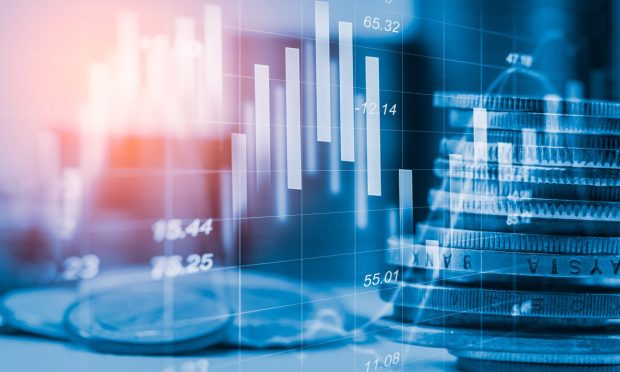Upstart Signals Turbulence for AI-Driven Lending Models, and Lower FICO Score Borrowers

In this economy, staring down a possible recession, we’ll see if the disruptors to traditional lending wind up being disrupted themselves.
At this writing, shares in Upstart Holdings are being cut roughly in half — on a day when the markets are soaring, generally speaking.
Beyond the vagaries of earnings and top lines, of forecasts and analyst expectations, Upstart’s commentary and outlook spells some bumpiness ahead for the online and digital-only firms that leverage advanced technologies to make lending decisions.
The macro climate — marked by soaring inflation, rising rates, and as PYMNTS has estimated, a sizable paycheck to paycheck population — will determine the fate, at least near term, of many of these firms.
And might, possibly, even dictate which business models survive and which don’t.
To get a sense the moving parts, consider the fact that Upstart’s CEO Dave Girourd said that “a whole bunch of people that would have been approved are no longer approved.”
And then there’s the fact that “there’s a whole bunch of loans that just never happened at all, and there’s a bunch of people that are still approved, but the interest rate is a few percentage points higher, and a certain fraction of them are going to decide that’s not the product that they want.”
So: It seems that the models are taking into account that risk is changing, that the risk profiles of certain demographics — chiefly their ability to pay back loans — is changing, too, and not for the better.
Hesitation and Some Loan Pressures
There’s also hesitation on the part of the people who get approved, but look at their own day-to-day cash flow and may be taking a breath before taking on more debt. Indeed, the average loan pricing on the Upstart platform has increased more than 300 basis points since October. The total volume of loans in the most recent quarter was 465,537; at the end of the fourth quarter it was 495,205.
Supplemental materials released by the company in tandem with earnings show that the loan conversion rates were 21.4%, down from 24.4% at the end of last year.
The CFO said during the conference call with analysts that “between roughly November and February, delinquencies in the economy reverted as well. They have been unnaturally low for about 18 months. And with the sort of the waning of the government stimulus, in our view, those trends have reversed. And those two things result in higher rates, interest rates quoted to consumers, and that results in lower conversion.”
As for the defaults: Upstart’s filings note that the annualized default rates logged by borrowers with FICO scores of 640-659 stand at 5.4%, and for 660-679 stand at 4.8%.
The smoke signals may be, well, smoking for the companies that took root and took shape after the massive recession seen a bit more than a decade ago, and for those who in recent years have branched out into buy now, pay later (BNPL). We’ll know more when Affirm reports results late this week. And as noted in this space, Australian BNPL firm Zip Co said in recent weeks it will be more prudent in its lending. Zip says its bad debts had gone beyond its target range.
Read also: BNPL Firm Zip Co Pledges More Conservative Lending
The vulnerabilities are not uniform, widespread across all online lenders. LendingClub, which uses its platform in a bid to create a fully digital bank (with the aid of its Radius Bancorp acquisition), has seen consumer credit profile where the FICO score is north of 720. That means that the loans held for servicing and for investment are more easily handled by these borrowers, with incomes above $100K annually.
Delinquency rates are well below pre-pandemic levels, the company said. And these well-off borrowers are taking on the loans to consolidate debt (including credit cards), in a move to make living paycheck to paycheck a bit more affordable. Fifty percent of that high-earning cohort lives P2P, so to speak, as per recent PYMNTs research.
In online lending, the models are differentiated, and we’ll see if a bit of a shakeup translates into a shakeout.
